Introduction to the characteristics of Iron pickup Coffee beans description of taste and flavor of iron pickup coffee varieties
Typica is the oldest native variety in Ethiopia, and today our common Arabica coffee varieties are derived from iron pickups. Iron pickup has pure aroma and is recognized as a good variety of high quality in the industry, such as Mantenin Coffee, Blue Mountain Coffee, Kona Coffee and Yunnan small Grain Coffee, which are famous for their elegant flavor.
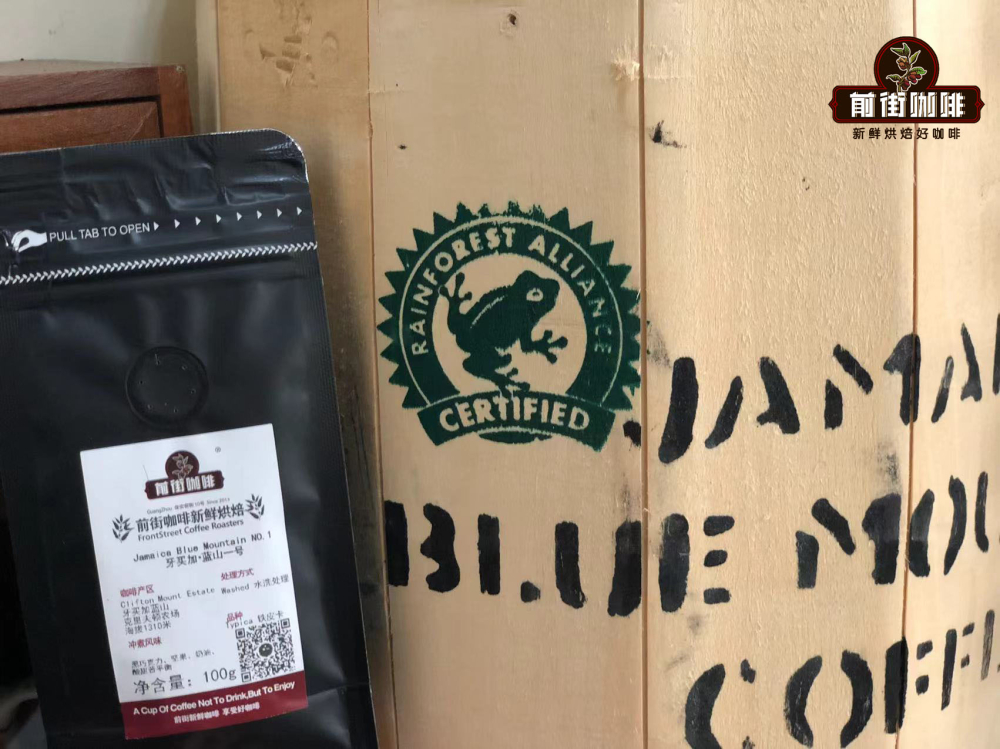
Characteristics of Iron pickup Coffee beans
The biggest feature of the iron pickup variety is that the top leaves show a reddish bronze color, so it is also called "red top coffee". Coffee beans are large, long and pointed at both ends, a bit like an egg. Iron pickup coffee beans often have a sour citrus taste, with a sweet aftertaste, is praised by many people as elegant and clear coffee beans. The plants of ancient iron pickups are taller, about 5 meters / 16.5 feet, so they are not very suitable for manual picking. The tin card tree is conical, the branches are slightly inclined, and the lateral branches form an angle of 50-70 °with the vertical stem. Its trunk is thin and its branches are very thin. Because of its height and long branches, it is necessary to leave enough space between the plants when planting tin card trees.
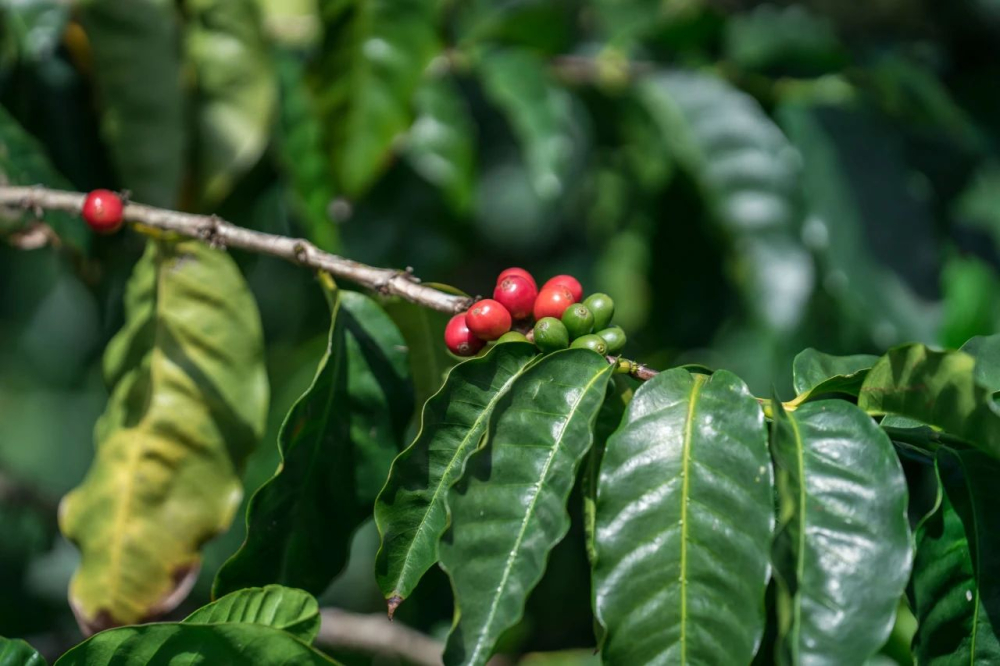
However, the disease resistance of iron pickup is very poor, it is difficult to resist leaf rust and fruit pulp disease. And so on the most common diseases, the yield is also very rare. Leaf rust is the most serious plant disease, which first appeared in the coffee producing area of Lake Victoria in East Africa in 1861. Since the outbreak of leaf rust in Bathia, Brazil, in 1970, cases of leaf rust have been found one by one in all coffee producing areas in the world. Coffee trees infected with leaf rust are tantamount to an incurable disease that eventually wilts or even dies. Coffee as a cash crop, low yield, weak and sickly tin card is also difficult to achieve the goal of profit, so many growers choose to give up and plant other varieties with better disease resistance.
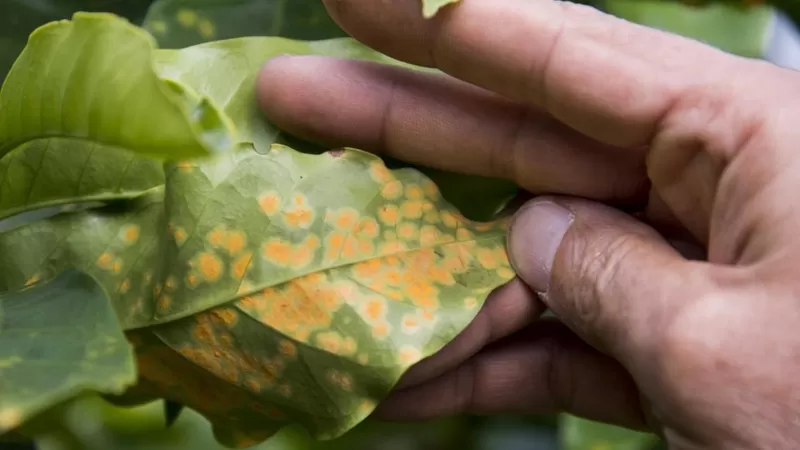
The mellow-scented iron pickup, as a high-quality coffee variety, is still grown all over the world, the most famous being the Jamaican Blue Mountain Coffee. It is not easy to grow iron pickup coffee beans with elegant and pure flavor. Every link of congenital local conditions, plant management, fruit picking and post-processing must be fully guaranteed in order to develop a positive flavor and taste of coffee beans. This also means that the production of high-quality iron trucks requires more labor costs and research technology, so there is a reason why Blue Mountain Coffee and Kona Coffee are so expensive.
Why is Blue Mountain more famous for its tin card variety?
For many years, Jamaica insisted on growing only Arabica, which kept the local tin card from being crossed and mutated and maintained its pure pedigree. Different from many other coffee producing areas, Jamaica is a relatively closed island country with unique microclimatic conditions. After more than 200 years of training and adaptation, Blue Mountain Iron pickup has evolved better disease resistance, especially the resistance to rotten fruit disease of coffee is better than that of ordinary iron pickup, and its yield and quality are more stable.
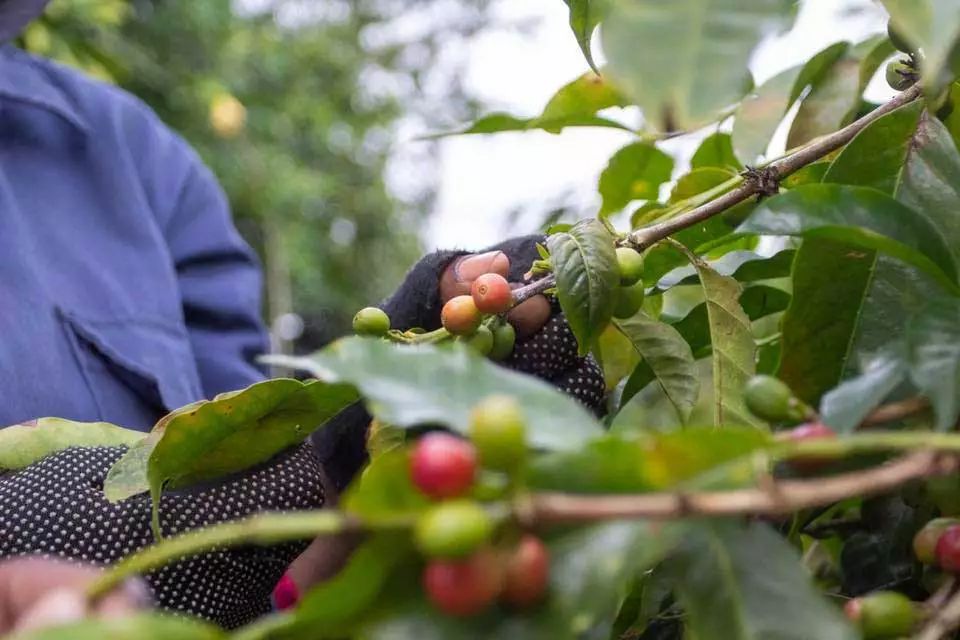
The Blue Mountains of Jamaica, the highest region in the Caribbean, has a tropical rain forest climate, with annual rainfall of up to 1800 Mel 2000 mm during the rainy season. The steep slopes between the mountains have a good drainage system, so that the vegetation here can be fully irrigated. Coffee trees are mixed with banana and avocado trees. The blue mountain area has beautiful scenery, high-quality air and fertile volcanic soil to promote the coffee to bear full flavor fruit. The high-altitude blue mountains are shrouded in clouds, which bring natural shade to the coffee trees and make the iron pickup coffee develop a more stable flavor and tonality.
According to the area divided by the Jamaica Coffee Industry Authority (CIB), the forest area where Blue Mountain Coffee is grown is about 910 to 1700m above sea level. The blue mountains at high altitude create a unique climate, but the rugged terrain makes it difficult to manage and pick. Every harvest season, the local people will arrange for skilled women who are familiar with the terrain to go up the mountain to pick the ripe coffee fruit by hand. In recent years, less than 15% of blue mountain coffee has been produced, which can be said to be very rare.
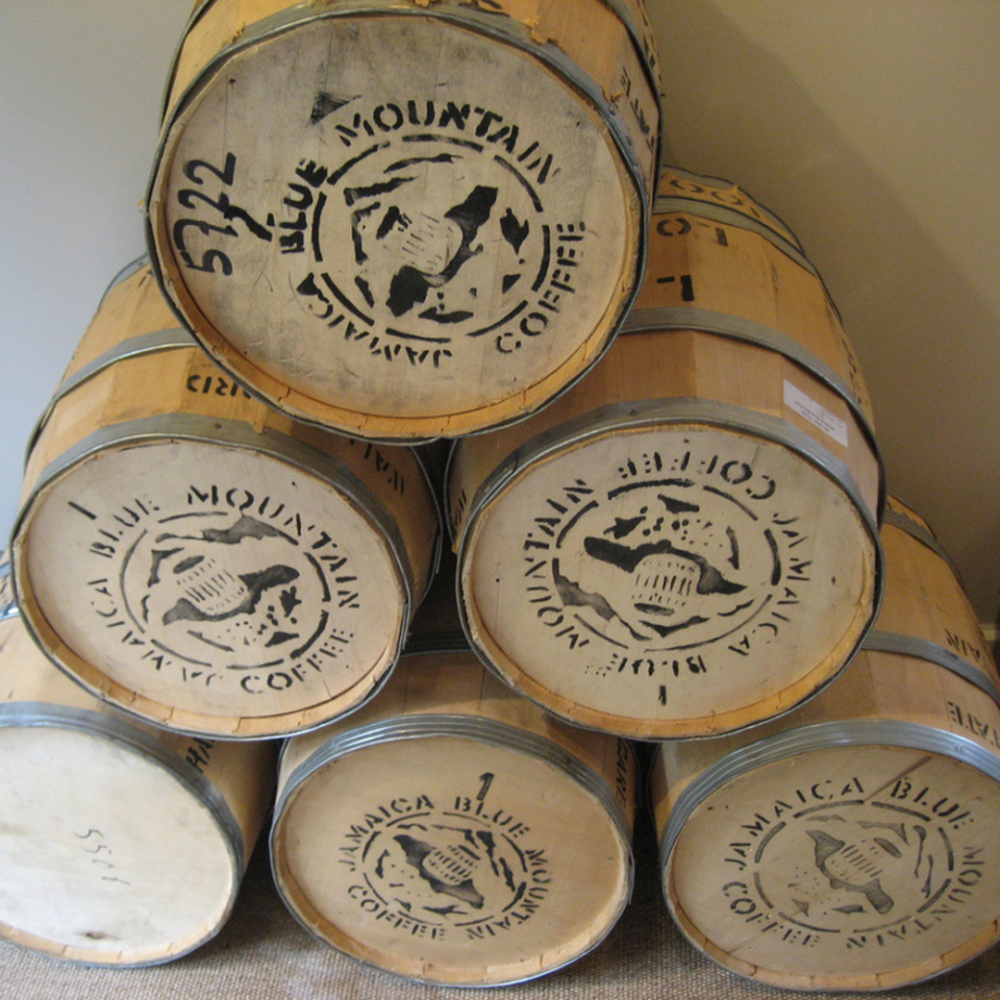
In the quality control of raw beans, CIB standardizes the cultivation, output and sales of Jamaica Blue Mountain Coffee, thereby improving coffee quality, standardizing coffee production and processing procedures, and coordinating the sale of Blue Mountain Coffee in the market. CIB is the first organization to evaluate the quality of coffee in a scientific and objective way, combining raw bean size, color, evenness, defect rate, water content, and cup performance.
The blue mountain raw beans before export will be packed and sent to the product test, and they are ranked according to the size and the defect rate after treatment, blue mountain 1, blue mountain 2, blue mountain 3, blue mountain round beans. The top Lanshan No.1 raw bean must meet the specification of more than 17 mesh, the defect rate is less than 3%, the moisture content is about 13%, and the cup test shows rich coffee aroma, smooth, balanced taste, low weak acidity and long-lasting.
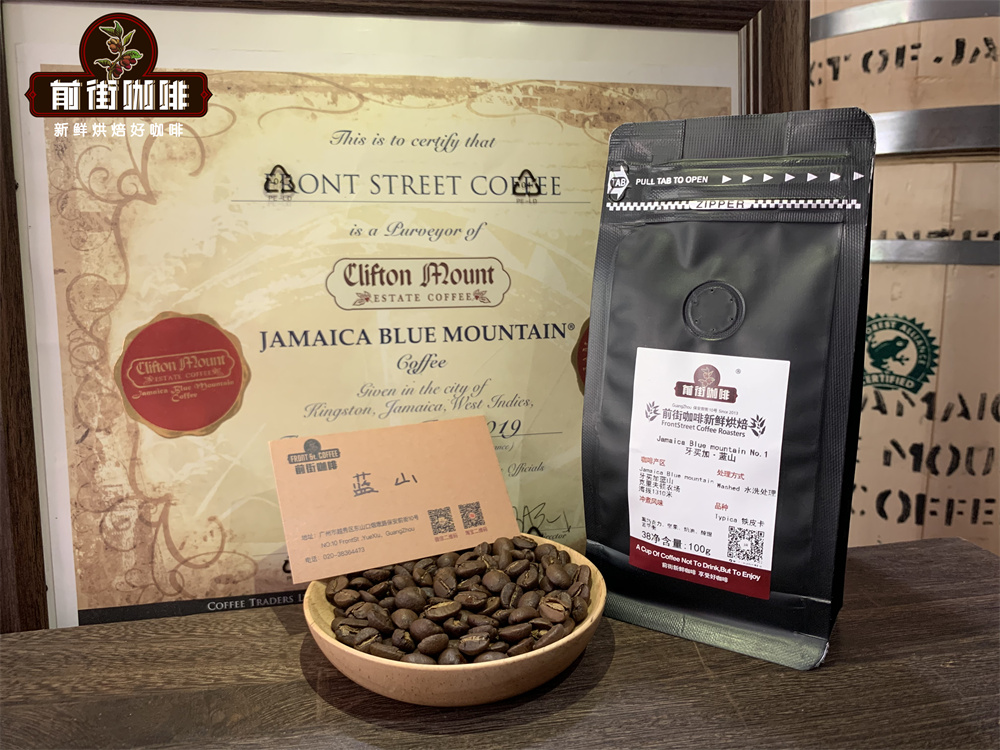
Suggestion on brewing coffee No. 1 in Qianjie Blue Mountain
Qianjie hopes to highlight the mellow and round taste of Blue Mountain No. 1 coffee, which will be extracted with KONO coffee filter cup. KONO's ribs are less than half the height of the filter cup, and this design is actually designed to ensure that the filter cup is wet and close to the wall of the filter cup to limit the airflow, which will increase the water absorption time of coffee powder particles and make the extracted coffee more uniform as a whole.
Cooking parameters: 15g powder, powder / water ratio 1:15, grinding degree: EK43s scale 10.5 (China 20 standard sieve rate 75%), water temperature: 87g 88 ℃, cooking technique: staged extraction.
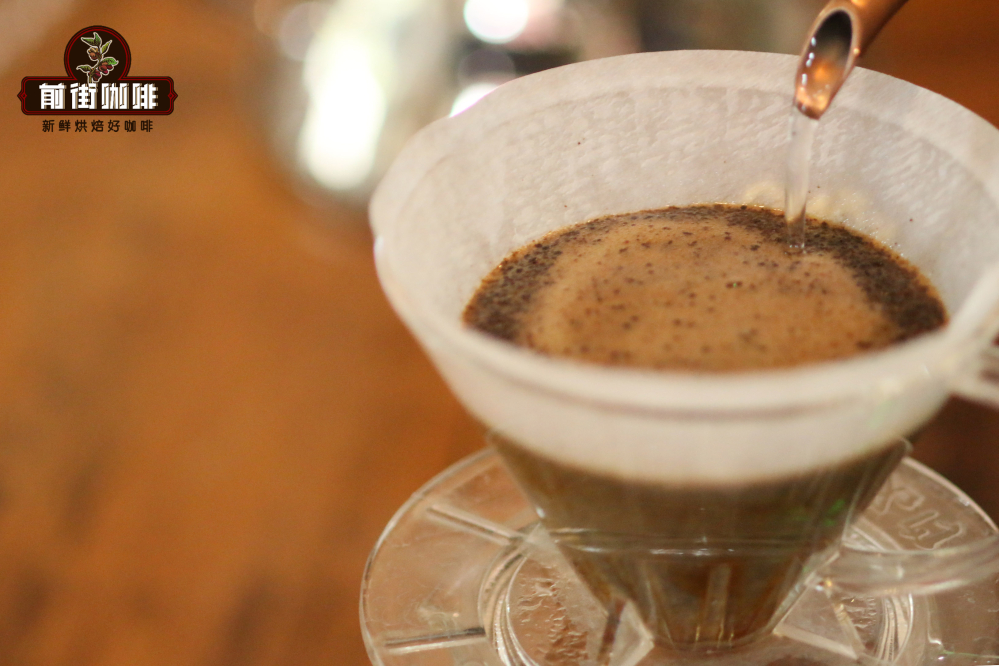
Place the filter paper in the KONO filter cup and fill it with water to wet the filter paper and make them fit better. Pour in the coffee powder and gently pat to distribute the powder evenly. The first stage is gently injected with 30 grams of water for steaming for 30 seconds, and the second stage is injected with about 125 grams of water to circle evenly and smoothly outward. Then wait for the coffee liquid to drop, drop to half, inject the last section of water to 225 grams, wait for the coffee to fall behind, the general total extraction time is about 2 minutes.
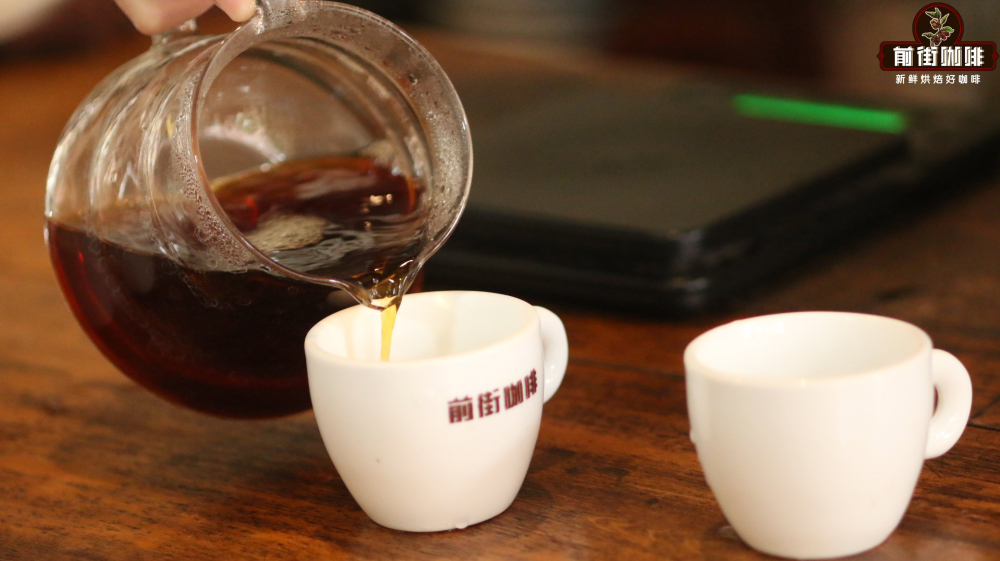
The hand-brewed Blue Mountain No.1 coffee is dark chocolate and nuts, which is very mellow and has obvious almonds. As the temperature drops, baked hazelnuts, creamy and smooth, with a hint of soft acidity and caramel sweetness, the aroma lingers in the mouth.
Professional coffee knowledge exchange more coffee bean information please follow the coffee workshop (Wechat official account cafe_style)
For more boutique coffee beans, please add private Qianjie coffee on Wechat. WeChat account: qjcoffeex
Important Notice :
前街咖啡 FrontStreet Coffee has moved to new addredd:
FrontStreet Coffee Address: 315,Donghua East Road,GuangZhou
Tel:020 38364473
- Prev
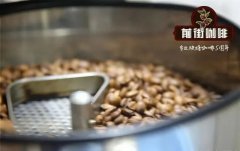
What do fresh coffee beans look like? how do you raise coffee beans? how do you drink them?
In fact, the problem of freshness of raw coffee beans is most likely to produce and accumulate ochratoxin, not after the roasted coffee is sent to you, but in the process of raw beans. Coffee beans are not taken from the coffee tree and delivered directly to your home. Coffee farmers or processing plants will first treat coffee cherries (coffee beans + pulp and outer peel) with various treatments, and then remove the coffee from it.
- Next
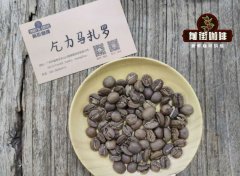
Is Tanzania boutique coffee bean Kilimanjaro suitable for hand flushing?
Tanzania Kilimanjaro round bean Tanzania Peaberry Kilimanjaro baking degree: medium baking method: washing flavor description: black plum red currant red wine is sour with lemon aroma, fruit aroma is strong and persistent, the overall flavor is balanced and supple, thick body is high, the flower aroma of sweet malt chocolate is complete, and the caramel is sweet and mellow in the latter section. Out of the box introduction: today
Related
- Beginners will see the "Coffee pull flower" guide!
- What is the difference between ice blog purified milk and ordinary milk coffee?
- Why is the Philippines the largest producer of crops in Liberia?
- For coffee extraction, should the fine powder be retained?
- How does extracted espresso fill pressed powder? How much strength does it take to press the powder?
- How to make jasmine cold extract coffee? Is the jasmine + latte good?
- Will this little toy really make the coffee taste better? How does Lily Drip affect coffee extraction?
- Will the action of slapping the filter cup also affect coffee extraction?
- What's the difference between powder-to-water ratio and powder-to-liquid ratio?
- What is the Ethiopian local species? What does it have to do with Heirloom native species?

